When there is a preliminary investigation, as a rule, it becomes necessary to verify a particular circumstance. It is necessary to clarify the order of what was happening or confirm some details. So, for example, during the experiment, the suspect shows how he entered the room and how he acted in the process. Clarification of the details of the crime occurs during investigative actions. What it is, what types of investigative experiment exist, what its goals and objectives are, we will consider further.
What is an investigative experiment?
The concept of an investigative experiment is defined as follows - this is an investigative action in the course of which the events being verified are reproduced to determine the possibility or impossibility of any circumstances of existence in specific conditions relevant to the case.
An investigative experiment in a criminal trial requires data that must be verified or clarified during its course. It can be either any actions, or elements of the situation or circumstances that require clarification.
Art. 181 of the Code of Criminal Procedure of the Russian Federation regulates the conduct of an investigative experiment. It indicates that the experiment is a verification one. The refinement of the available data and information relevant to the criminal case is carried out. So new material evidence may appear.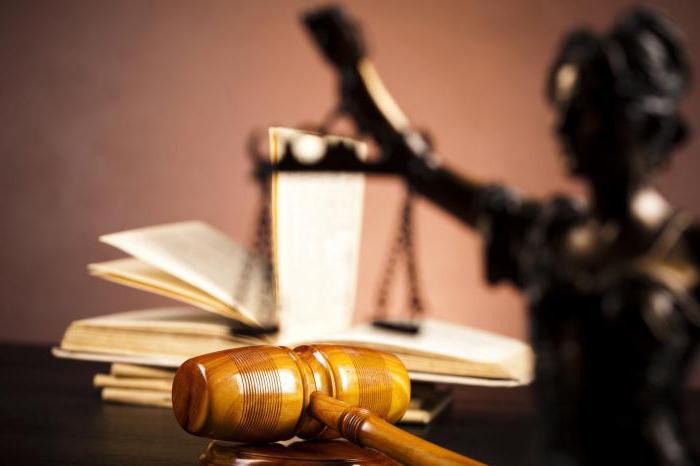
An investigative experiment in a criminal process is carried out if the investigator has doubts about the possibility of committing certain acts. It also helps to clarify new causes and conditions that contributed to the commission of the crime.
Types of Investigation Experiment
There are 4 varieties:
- The possibility of perception is established. During this investigative experiment, a person’s ability to hear, see in certain conditions, as well as perceive any events, actions is checked.
- The ability to perform any actions is established. This type of experiment makes it possible to determine:
- The ability of a person to perform, in general, any action.
- A specific time period is determined.
- A specific person is identified.
3. The sequence of what happened and the mechanism of trace formation are established.
4. The possibility of the occurrence of an event. When conducting an investigative experiment, the necessary safety measures must be taken. If there is a high risk of harm to health during the experiment, it should be abandoned.
We examined the types of investigative experiment, then we will consider the procedure for their implementation.
Conducting an investigative experiment
Stages of the investigative experiment:
- Preparatory stage. It consists in carrying out preparatory actions before leaving for the place and at the place of the investigative actions.
- Direct investigation of the experiment. It should be carried out in the most approximate conditions or a reconstruction of the place of events should be created. Be sure to take into account the rate of development of events. The experiment is carried out in stages, with a limited circle of participants.
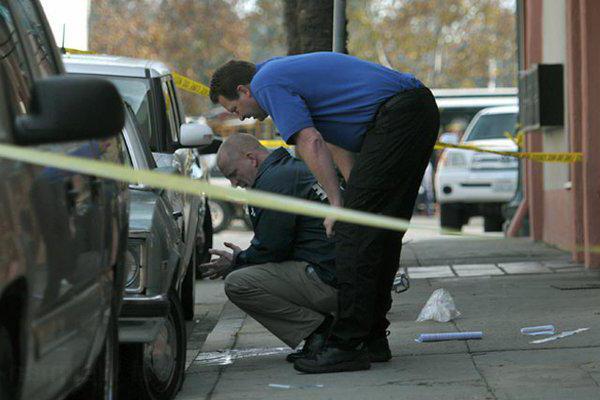
- At the last stage, the results are recorded and evaluated. Recording results should include an introductory part. The result may be positive, negative, or may be considered unreliable.
Consider the production of an investigative experiment in stages.
Preparation of the investigative experiment
Holding such an event requires careful preparation. It is in a good, thoughtful preparation that the success of the experiment is laid. To do this, several conditions must be met.
First, preparation is carried out before leaving for the scene of the crime.
The following steps are recommended:
- Designate the objectives, purpose, methods and conditions for the effective conduct of the investigative experiment.
- Set the time, place and sequence of the experiment.
- Designate and ensure the appearance of participants in the experiment. Also provide security for suspects and defendants.
- Material evidence or items that will replace them must be prepared.
- The readiness of forensic tools should be checked to record the process and the results of the experiment.
- Inspect the scene of the crime in advance, get acquainted with the situation.
- Prepare a plan.
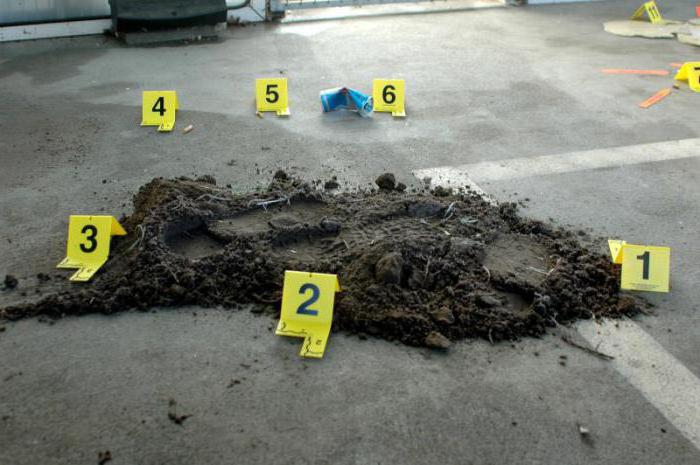
At the venue it is necessary:
- Check the situation and, in case of any changes, reconstruct.
- Carry out a photofixation of the situation before its reconstruction.
- If necessary, provide for how participants will communicate with each other.
- Invite witnesses.
- Brief all experiment participants.
- Organize security and warn about non-disclosure of the contents of the experiment.
There are several conditions that must be met in order for investigative actions to proceed normally.
Conditions for an investigative experiment
All types of investigative experiment should, first of all, have the conditions for their conduct, only then they have a place to be.
We single out several prerequisites. Namely:
- The investigator should have a distrust of the evidence in the face of inaccuracies, contradictions. He is not sure that such an action or fact could have been committed under certain conditions.
- The investigator should think through and imagine the process of the investigative experiment, which will make it possible to get rid of doubt.
The conditions for holding should be brought as close as possible to those in which the crime occurred. There should be the following matches:
- The place should be where the event took place.

- The reconstruction of the situation should correspond to the one in which the event took place.
- The time of day, meteorological and sound conditions should be consistent.
- Items must be the same or similar.
- People must be the same people who were directly involved in the event or can be replaced by people with the same physical data.
- The pace of the development of the event must also be maintained.
- Accurate information about the event is needed, as it can affect the outcome of the experiment.
I would like to note that the better and more accurately the conditions of the investigative experiment are met, the more accurate and more effective the final result will be.
A prerequisite for the experiment is the creation of security for those taking part in it. If the preparation reveals any danger to the participants in the process, the investigative experiment is canceled.
Goals and objectives of investigative actions
The purpose of the experiment is to collect, refine and verify the available facts, as well as verify the versions that are important for this investigation.
The objectives of the investigative experiment are:
- Obtaining new evidence and confirming existing ones.
- The investigator can evaluate the versions that existed, check the possibility of the existence of facts that existed in the case.
- Obtaining truthful information from a suspect, witness or victim.
- The restoration of events for its participants, giving them the opportunity to recall the details of what was happening.
- The task is to establish the cause and recreate the conditions that contributed to the commission of the crime.
Investigation Experiment Production
As mentioned above, production includes three stages. Immediately, after the preparatory part, the main part begins. It goes as follows:
- The testimonies of the participants in the investigative experiment about circumstances that are proposed to be verified by the experimental method are heard.
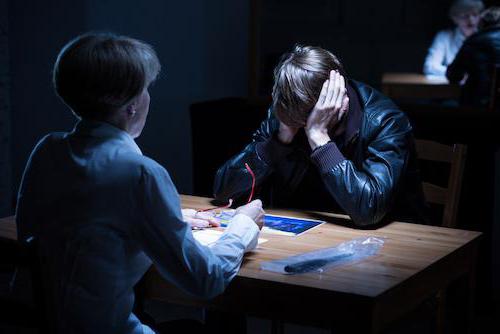
- Further, the person who is being interviewed must evaluate the compliance of the situation with the event that is being considered.
- If there are inconsistencies in the situation, they are brought into compliance. This may affect the result.
- According to the plan of the investigator, drawn up in advance, conduct an investigative experiment.
- In the process, the investigator makes corrections, draws the attention of witnesses and other participants to the course of the experiment.
- If necessary, consult a specialist.
- If several persons took part in the commission of the crime, then the actions of each are checked separately from the others. The role of absent persons will be played by persons who have similar physical data.
- At the final stage, an assessment is made of the investigative experiment. More about this later.
And now a few words about the participants in the investigative experiment.
Who takes part in the investigative experiment
It is worth noting that only necessary persons take part in the investigative experiment, their circle is limited by law.
Participants in the investigative experiment:
- Understood by at least two people.
- Translator if required.
- Educator if the witness or victim is under 14 years old.
- Defender.
- The prosecutor.
- Head of the investigation department.
- Accused or suspect.
- Witnesses.
- Affected.
- Specialist. This is a photographer, forensic doctor, gunsmith technician, cameraman.
- Expert.
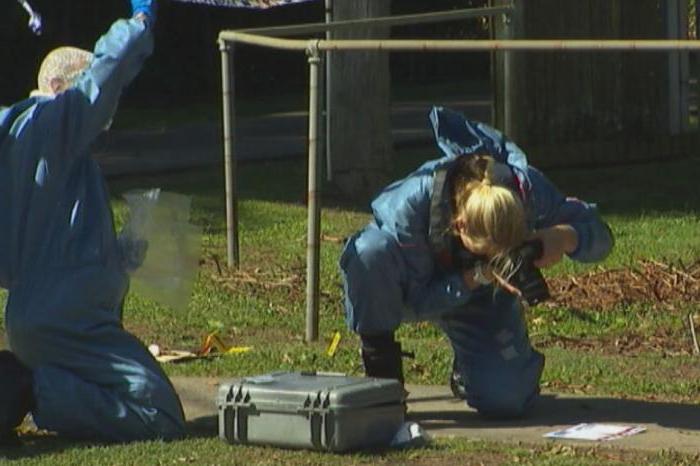
- ATS employees.
- Helpers. This may be a public worker, another investigator, police officers.
Read test
An investigative experiment uses an investigative action such as checking the evidence on the spot.
This makes it possible:
- Establish new circumstances.
- Clarify and verify evidence previously given by the suspect or witnesses.
Verification includes:
- Reproduction of events and the situation of the event in question.
- Playback specific actions.
- Clarification of details, objects, traces on the spot, very important for the investigation.
Not allowed:
- Intervention by unauthorized persons.
- Checking evidence on the spot at once at several persons.
- Leading questions are not allowed.
The final stage
At the end of the experiment, the results are recorded and evaluated. At the end, a protocol is completed, which consists of:
- Introductory part.
- The descriptive part.
- The final part.
It is recommended to draw it up at the end. In the course of investigative actions, it is necessary to keep a draft, take notes. It is allowed to use a dictaphone during the experiment, on which the investigator utters a text that will go into the protocol.
The introductory part includes the date, place, time of the beginning of the investigative experiment, as well as the purpose and mark of familiarization, the rights and obligations of participants.
The main part contains a full description of the progress of the investigative experiment. All small details of what was happening, what were the changes in the reconstruction, are indicated. Reasons for changes or the use of additional funds.
In conclusion, the participants' comments are indicated, a note is made about the available photos or videos, as well as about schemes and plans. A mark is also made on familiarization with the protocol of all participants.
Assessment of the investigative experiment
The rating may be positive or negative.
A rating is considered to be positive if, during the investigative experiment, the possibility of any action was established or the fact of the existence or possibility of an event was confirmed.
A negative result is the establishment of the impossibility of the existence of a fact or the commission of any action. The result gives the answer that the action could not be completed.
If during the investigative experiment the results were not stable, that is, one part of the experiments led to one and the other part to a different conclusion, then the result is considered to be unreliable.